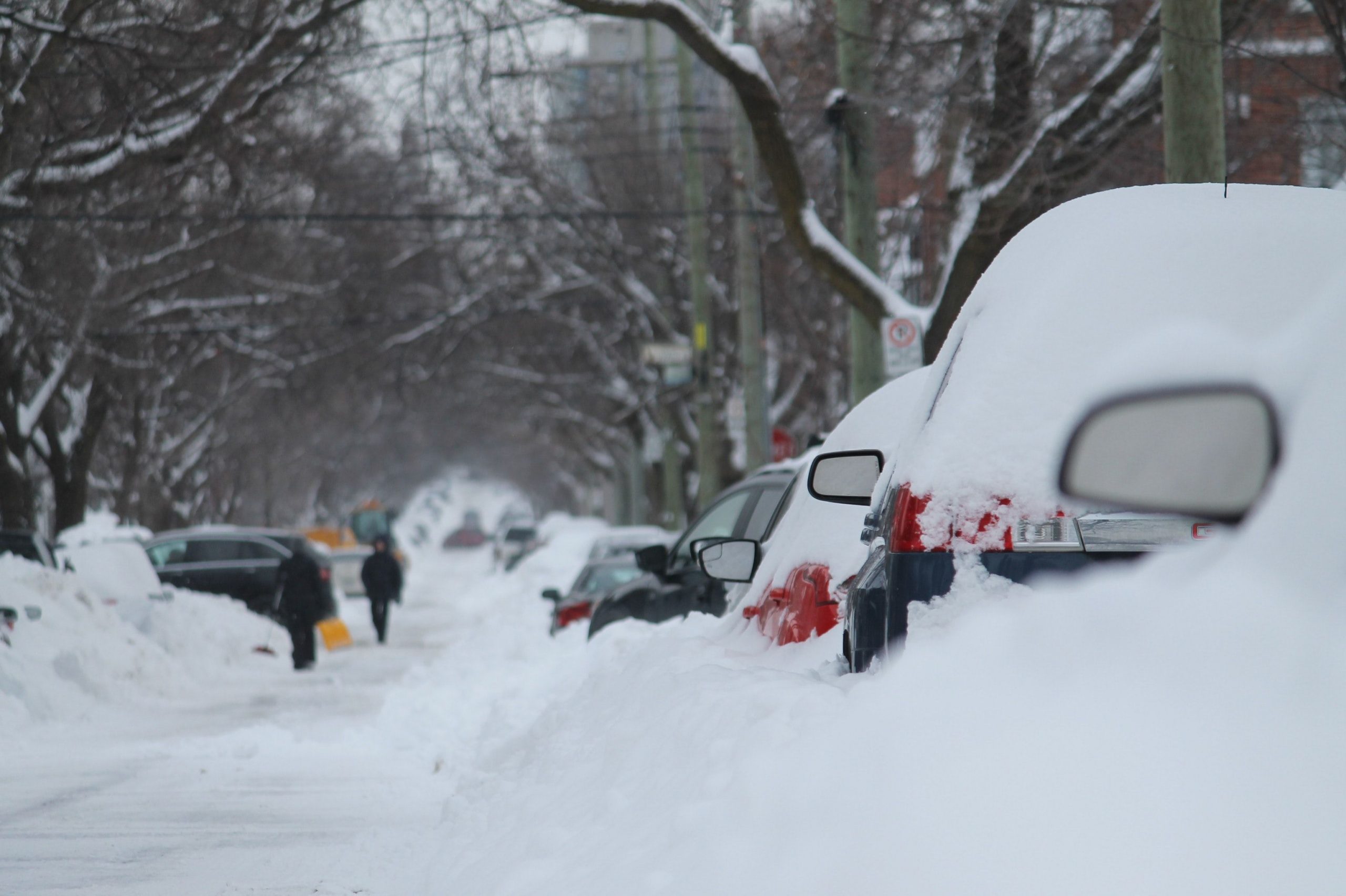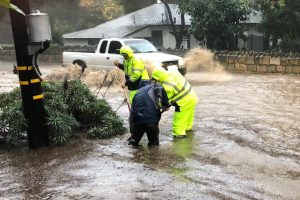Several
counties and cities in the United States are issuing snow emergencies as Winter Storm Elliott shifts to a bomb cyclone, creating high winds towards the
East Coast and severely cold weather conditions. The storm has recorded one of
the coldest Christmas weeks ever.
Counties in the states of Florida, Ohio, Kentucky, and Indiana have been put on snow
emergency this week.
Also Read | Kentucky governor Andy Beshear declares state of emergency for ‘Bomb Cyclone’
What is a snow emergency?
A snow
emergency is an active response plan that is undertaken when a snowstorm severely
impacts a city, county, or town in the Canada or United States.
The particular
meaning of the term ‘snow emergency’ differs based on the municipality issuing
the emergency. They are a common occurrence during the snowfall season in
winter in the Northern United States.
Also Read | Winter Storm Elliott: Where is bomb cyclone going to hit?
The public
is usually alerted about a snow emergency status via local broadcast stations, mass text messaging, reverse
911 calls, public addresses, or lighted signals.
Schools,
universities, offices, airports, and public buildings are closed down
during a snow emergency depending on the seriousness of the situation, to
prevent injuries during attempted travel. Parking restrictions are also implemented to
allow snowplows to vacate the roads and streets effectively.
Also Read | 5 ways to protect your home from winter storm Elliott
A snow
emergency is generally declared by the mayor of a
jurisdiction and is usually issued after the winter storm has impacted a city
or a county. Additional measures are also taken by the executive,
such as banning driving in the affected areas, enforcing curfew, deploying personnel, and providing shelters, financial
resources, or necessities that would otherwise be unavailable.
Also Read | Winter Storm Elliott: 5 ways to stay safe during potential bomb cyclone
Snow
Emergencies can be issued on three levels:
Level 1: Roads are declared hazardous
due to the blowing and drifting snow. Motorists are urged to drive with
caution.
Level 2: People are advised
to go outside their homes or drive only in extremely necessary conditions.
Motorists are told to drive very cautiously.
Level 3: All roadways are
closed to non-emergency personnel and no one is allowed to drive during these
conditions unless it is absolutely necessary to travel or a personal emergency
exists. All employees should contact their offices to see if work their
attendance is necessary. Those traveling on the roads without any emergency requirement
may be subject to arrest.







